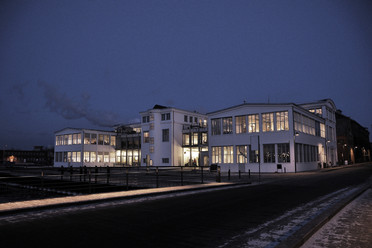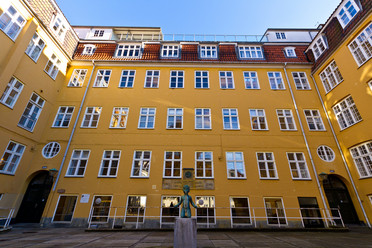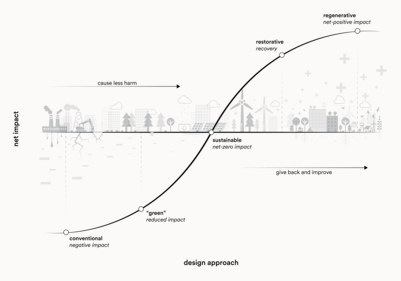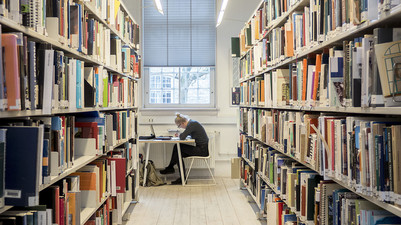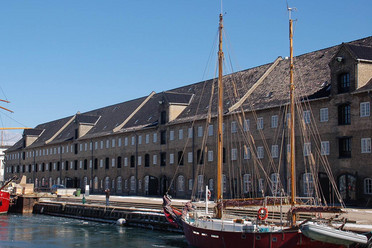
Call: Magazine of Architecture and Culture 10: Greenland
The Magazine of Architecture and Culture invites interested parties to contribute to a special issue focusing on Greenland. This issue aims to explore how Greenland's unique geography, climate, and cultural history influence architecture and human ways of life, as well as how modern development and globalization establish new frameworks for construction and planning in the Arctic.
The current geopolitical situation involving Greenland, Denmark, and the USA has once again drawn attention to a number of conflicts that, both historically and in our contemporary era, characterize the relationship between Denmark and Greenland. Greenland's architectural heritage is both positively and negatively intertwined with the multifaceted cultural history from which these ongoing conflicts emerge. This history stretches from the earliest evidence of the Thule culture to the Norse settlements, through the colonization of the 1700s and the intensified "modernization" of the post-war period, and onward to today's industrialized construction based on imported materials and external aesthetic ideals.
We seek articles, essays, interviews, projects, and photographic contributions that shed light on Greenland's architecture and building culture from various perspectives. Contributions may be based on historical, contemporary, and future perspectives, and we encourage interdisciplinary approaches that promote dialogue between architecture, art, anthropology, archaeology, social sciences, and sustainability.
To guide potential contributors, we suggest the following thematic tracks, though other angles are welcome:
Landscapes, Materials, and Building Practices
How has Greenland's landscape and climate shaped architecture? In a country where building materials have primarily been imported from abroad since colonization, we seek investigations of traditional building practices such as turf houses and tents, as well as contemporary architectural experiments addressing climatic challenges. Additionally, we welcome discussions of potential opportunities for extraction, processing, and utilization of local materials.
Colonial History and Postcolonial Architecture
Greenland's architecture bears colonial traces. We are interested in contributions that examine how colonial history has influenced construction and planning, both historically and in the present, as well as how contemporary Greenlandic voices contribute to creating new architectural narratives.
Sustainability in the Arctic Environment
Greenland is experiencing significant impacts from climate change. Construction and planning initiatives that address the consequences of climate change locally risk contributing to the same changes globally. How can architecture and building culture promote sustainable solutions in a region where resources are scarce, and transportation is a challenge?
Culture, Identity, and Architecture
How can architecture and urban planning support Greenlandic identity and cultural development in an era of growing globalization and urbanization? We encourage analyses of how local values and traditions are reflected in modern architecture and landscape design.
The Future of Architecture and Landscapes in Greenland
With economic and technological developments involving resource extraction and infrastructure projects, Greenland faces significant changes. The Danish-Greenlandic relationship is discussed in the context of political aspirations for Greenlandic independence, and the word "decolonization" frequently appears in discussions about Denmark's involvement. How can architects and planners contribute to ensuring that future projects respect Greenlandic culture and the needs of the future Greenlandic society?
The theme issue is edited in collaboration between Jonathan Meldgaard Houser, Inge Bisgaard, and Morten Birk Jørgensen.
- Jonathan Meldgaard Houser is an Associate Professor at the Institute of Architecture and Culture at the Royal Danish Academy and the program director of the bachelor's program Finder Sted / Taking Place.
- Inge Bisgaard is an architect and museum inspector at the Greenland National Museum in Nuuk. She is a recipient of the Prince Henrik's Europa Nostra award for her work in preserving Greenlandic cultural heritage.
- Morten Birk Jørgensen is an Associate Professor at the Institute of Architecture and Culture and the editor-in-chief of the Magazine for Architecture and Culture.
Formats and guidelines
We welcome contributions from both established researchers, practitioners, and new voices. The following formats are welcome:
- Scientific articles (4,000-6,000 words + illustrations)
- Artistic development work (2,000-6,000 words + illustrations)
- Articles, interviews, etc. (1,500 words + illustrations)
- Visual contributions, including photographic series and mapping with accompanying text (200-1,000 words)
Detailed information on formats can be found in the magazine’s style guide under the imprint. The editorial board is open to experimental formats, including live images and graphics.
Contributions can be written in Danish, Swedish, Norwegian, Greenlandic, or English. Proposals of approximately 1 A4-page should be sent to bygningskunstogkultur@kglakademi.dk no later than April 24. Proposals should be accompanied by an author biography of approximately 100 words.
Important dates
- March 19, 2025 – Call published
- April 24, 2025 – Deadline for submission proposals
- April 30, 2025 – Notification of acceptance
- August 28, 2025 – Deadline for contributions
- September 19, 2025 – Feedback from editorial board/peer reviewers
- October 17, 2025 – Deadline for revised contributions
- Mid-November 2025 – Publication and launch of Issue 10: Greenland


